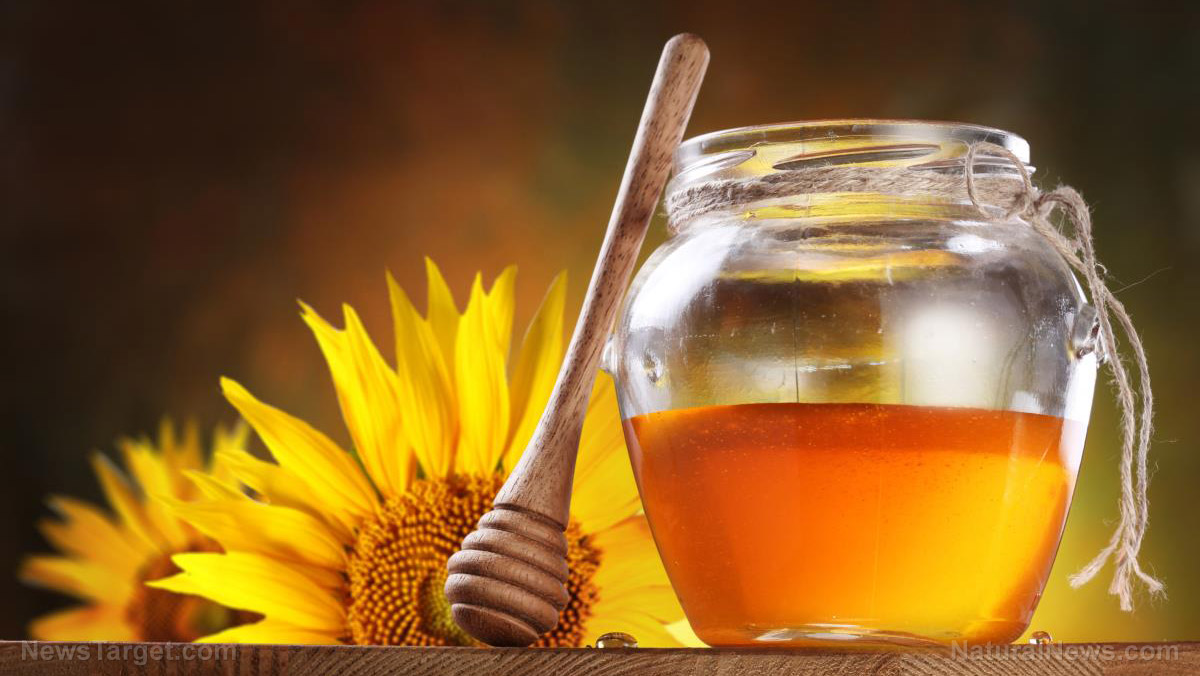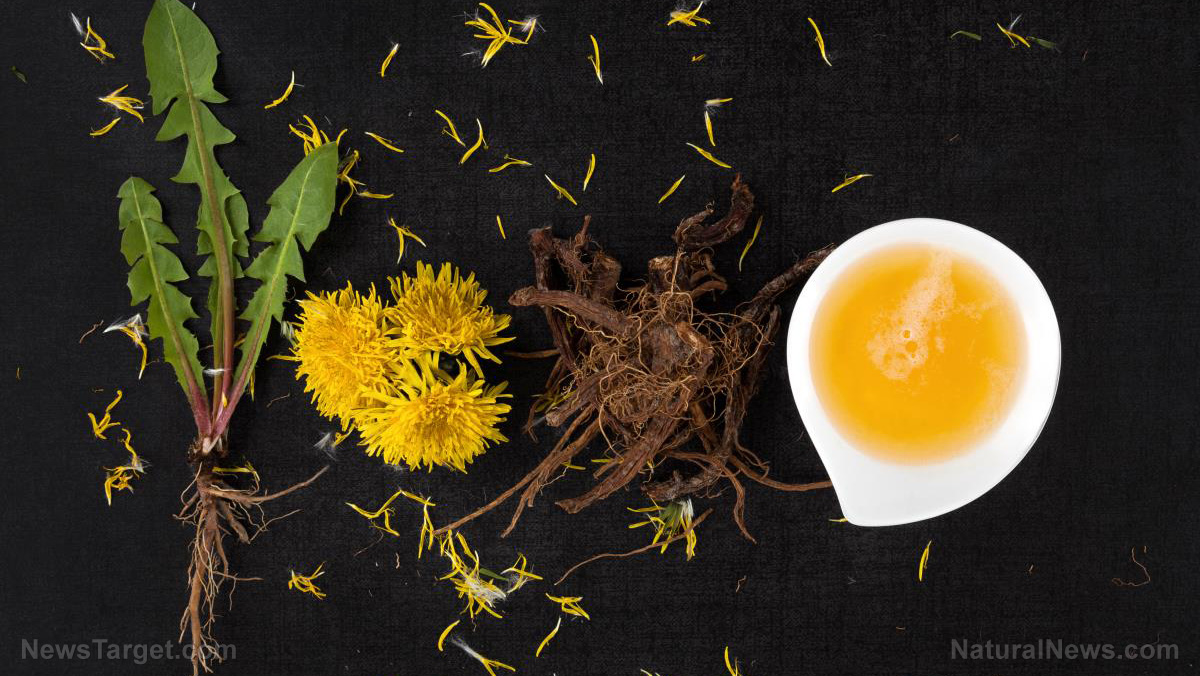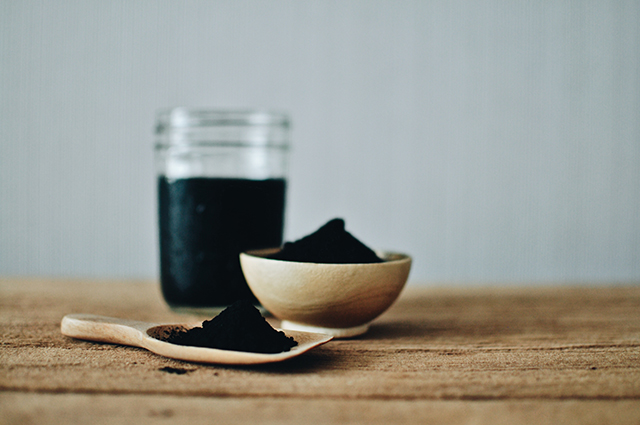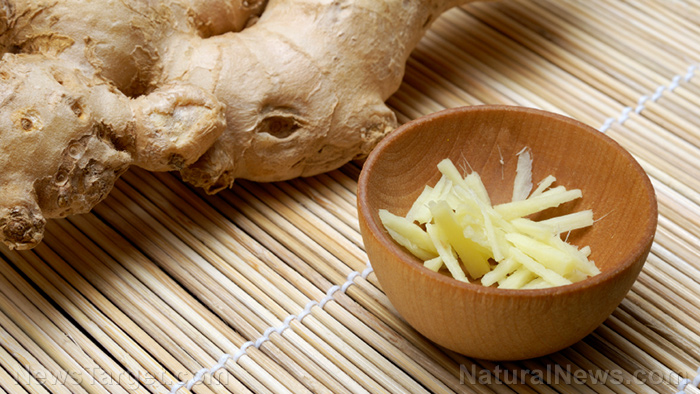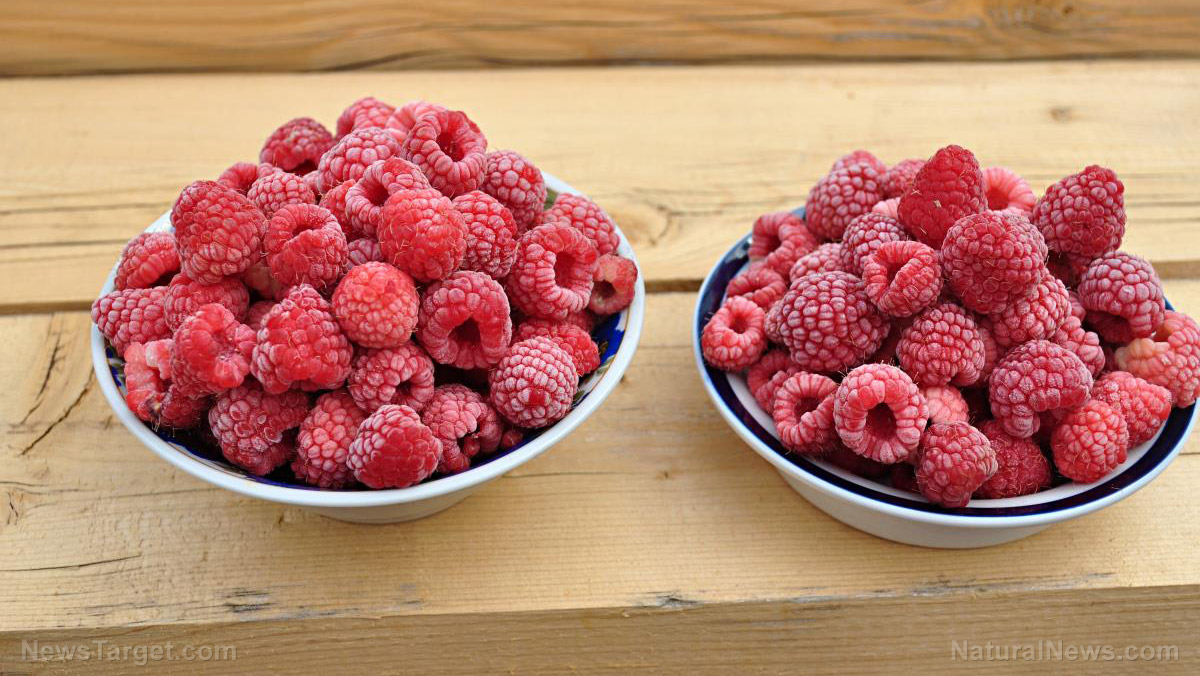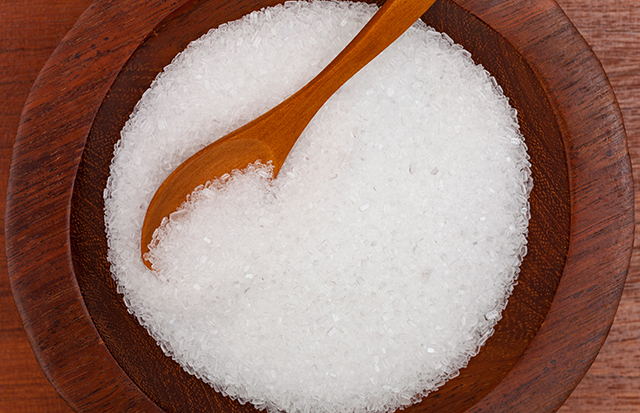15 Perennial herbs to grow in your survival garden
03/01/2023 / By Olivia Cook

Seasoned preppers grow a variety of perennial plants that are edible and medicinal. Perennial plants, or perennials, are herbs and veggies that you need to plant only once but can harvest forever.
The best thing about perennials is that as long as you keep them well-mulched and in organic matter-rich soil, they’ll pretty much take care of themselves – giving you a low-maintenance way to continually increase your food supplies. (Related: Survival gardening: Why you should grow these 7 edible perennials.)
Here are some amazing medicinal perennial herbs to grow in your survival garden. (h/t to GardenAndHappy.com)
Anise hyssop (Agastache foeniculum)
Anise hyssop is hardier than regular hyssop and has a noted licorice scent that brightens moods and reduces depression. Like true hyssop, it is a bee-loving herb that aids in coughs and colds. Anise hyssop is also used to make a healing poultice for poison ivy.
Bee balm (Monarda spp.)
This is a gorgeous, hardy, bee-loving, delicious herb added to cold-fighting teas and cough syrups. Additionally, it is also a great digestive healer. You can add bee balm to lemon-ginger teas to fight nausea or soothe an upset stomach.
Burdock (Arctium spp.)
Burdock is a gentle and effective detoxifying herb. Add burdock root to soups, teas and baths for deep and nourishing whole-body detoxification. It is also a fantastic skin herb if you’re struggling with acne, eczema or rashes. Try a burdock root poultice or infused oil for unwanted skin conditions.
Comfrey (Sympthytum officinale)
This herb’s nickname, “knitbone,” says it all. The leaves are ideal in homemade diaper balms and wound creams for speed healing. Comfrey spreads fast – it can take over a garden without care. Still, you’ll want this super healer on your team.
Dandelion (Taraxacum spp.)
The dandelion’s seed dispersal and resilience to all manner of controls made many humans decide that dandelions are weeds, sometime in the 20th century. But these plants are actually nourishing and detoxifying perennial herbs that are rich in potassium. Dandelion leaves are naturally cleansing and delicious in salads and smoothies. Dandelion roots are one of the gentlest liver-supporting herbs available.
Hyssop (Hyssopus officinalis)
True hyssop is an ancient herb of great spiritual and medicinal importance. Medicinally, hyssop’s most important use is as an expectorant. It basically breaks up chest colds and opens up asthmatic lungs. You can mix its leaves and flowers with fresh figs for a traditional constipation remedy as well.
Juniper (Juniperus spp.)
This hardy shrub can make a home in almost any climate. Infuse juniper in oil to make a warming muscle rub. Use it to massage swollen, arthritic joints. You can throw in a handful of juniper needles in your bath with Epsom salts for a hot post-workout soak. As a weak tea, juniper berries calm upset stomachs and aid in digestion.
Lady’s mantle (Alchemilla mollis)
This highly astringent herb was one of the most popular plants used for wound treatment in late Medieval battlefields. Steep the leaves in water to treat weeping eczema and mouth ulcers. Lady’s mantle is also known to balance the menstrual cycle and helps to moderate heavy menstrual bleeding.
Mullein (Verbascum thapsus)
This is one of the best perennial herbs for respiratory support. Harvest its tall, yellow blossoms for a tonic that relaxes the lungs and breaks up mucus. Use it in tea form to treat asthma, bronchitis and even whooping cough. Mullein also combines well with garlic in an infused oil for ear infections.
Plantain (Plantago major)
Today, plantain is most often used to draw out splinters or bee stings. It is a great herb for treating cuts and sores. This gentle herb effectively soothes inflammation as it closes wounds.
Purple coneflower (Echinacea spp.)
Otherwise known as Echinacea, this flowering plant is an eye-catching herbal favorite. Use Echinacea angustifolia to ward off illness or Echinacea purpurea to reduce the duration of an illness you already have. Coneflowers come in a wide assortment of colors that can suit any garden theme. Just make sure to pick the purple-flowered varieties for the most medicinal benefits.
Red clover (Trifolium pratense)
Best known as a nourishing fertility tonic for women, red clover is high in vitamin C – making it a great cold fighter and immune booster. As a syrup, red clover is a useful remedy for bronchitis.
St. John’s wort (Hypericum spp.)
Once believed to dispel evil spirits, cheery St. John’s wort does dispel anxiety and nervous exhaustion. Use this sunny little herb in a tea or tincture to brighten moods and balance emotions. You can try infusing the pretty yellow petals in oil to create a skin-repairing, blood-red serum.
Wintergreen (Gaultheria procumbens)
Wintergreen has an intense, minty flavor. Grow this low woody variety as a ground cover and allow its bright red berries and leathery leaves to add texture to your garden. Medicinally, wintergreen leaves steeped in oil make a powerful muscle rub.
Yarrow (Achillea millefolium)
Yarrow’s traditional nickname, “woundwort,” emphasizes its ability to slow bleeding and promote healing. Today, this hardy herb is mainly used to cure colds, influenza and persistent coughs. It’s a staple in any medicinal garden because of its versatility.
Read more stories about gardening at HomeGardeningNews.com.
Watch the following video to learn about growing edible and non-edible perennials.
This video is from the Tea and Honey channel on Brighteon.com.
More related stories:
Home gardening 101: Make the most out of your yard by planting an edible landscape.
Waxflower plants found to have potential antimicrobial properties.
Sources include:
Submit a correction >>
Tagged Under:
alternative medicine, emergency medicine, green living, herbal medicine, home gardening, homesteading, medicinal herbs, natural cures, natural medicine, off grid, plant medicine, preparedness, prepper, prepping, remedies, survival, survival garden, survival medicine
This article may contain statements that reflect the opinion of the author
RECENT NEWS & ARTICLES
SurvivalMedicine.News is a fact-based public education website published by Survival Medicine News Features, LLC.
All content copyright © 2018 by Survival Medicine News Features, LLC.
Contact Us with Tips or Corrections
All trademarks, registered trademarks and servicemarks mentioned on this site are the property of their respective owners.






